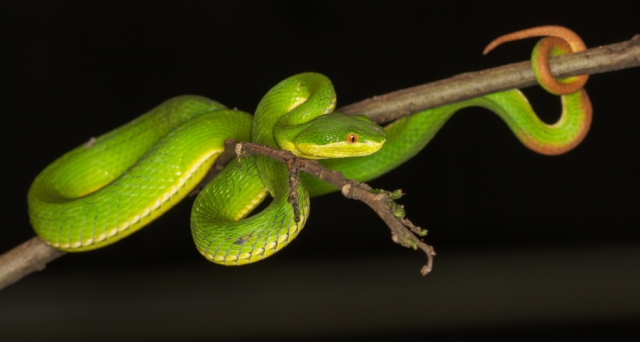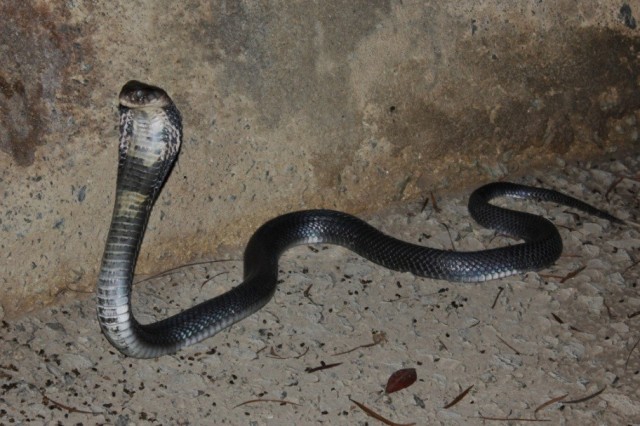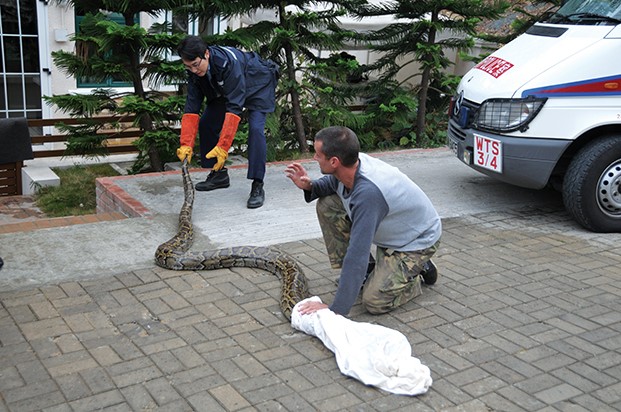
What is an emergency?
An emergency is any situation where you feel your animal may be at risk or in a serious condition.
Some common signs that your pet may be in an emergency situation include:
- Rapid breathing or difficulty breathing, or pale or blue tongue and gums
- Not being able to stand up, walk around or balance normally
- Heatstroke, including heavy panting and lethargy after a walk on a hot day
- Repeat episodes of vomiting or diarrhoea, or a swollen abdomen
- Shaking, severe shivering or seizuring
- Eating or drinking toxins, including chocolate, onions, human medications or drugs, poisons, detergents, cleaning products or any other abnormal substance. Please bring the container with you if possible
- Difficulty going to the toilet, or blood in the urine or stools
- Bleeding that does not stop after 5 minutes
- Trauma, such as a fall or accident, even if there are no cuts or bleeding
- Wounds, including cuts and bites from other animals, including snake or spider bites
What to do in an emergency?
The exact treatment for an emergency differs depending on the exact cause, but in all cases you should do the following:
Airway – make sure your pet can breathe, and there is nothing blocking the mouth or nose that may affect breathing
Bleeding – place pressure with a clean cloth or bandage over any area of bleeding. Keep pressure on the area until the bleeding has stopped, then leave the cloth or bandage covering the area
Toxins – remove any potential toxin or poison from the mouth or coat, and bring a sample and the container if available down to the clinic. Be careful not to contact any dangerous material yourself.
Heatstroke – if you suspect your pet has overheated or has heatstroke, immediately stop any exercise and pour cool water over your pet. Get the animal to a car or taxi (carry if possible) and take them directly to emergency veterinary care.
Having a plan in place for pet health emergencies — and knowing who or when to call for help — can save you precious time when trouble strikes. Please SAVE the nearest 24 hour vet clinic contact number for emergency.
The Most Updated 24-Hour Veterinary Hospitals in Hong Kong!
Hong Kong Island:
1. Animal Emergency Centre
Animal Emergency Centre is Hong Kong’s dedicated after-hours emergency hospital and is one of the only emergency centres in Hong Kong staffed at all times by critical care veterinarians and nurses.
Address: No.256 Shau Kei Wan Road, Shau Kei Wan.
Contact: 2915 7979
Charges: 8pm-12am $800, 12am $950
**Special Service:Blood bank , oxygen therapy, critical care monitoring, emergency surgery, referral service for other clinics.
2. SPCA ( Wan Chai)
Address: 5 Wan Shing St, Kellet Island
Contact: 2802 0501/ 2711 1000
Charges: Members after 6pm: $850-$1100 / Non-members after 6pm $1300-$1700
3. The Ark Veterinary Hospital – 24 Hours
Address: 25-35A Water Street, Sai Ying Pun.
Contact: 2549 2330
Charges: After 10:30pm $1200
4. Pets Central North Point
Address: G/F, 66 Java Road, North Point.
Contact: 2811 8907
Charges: 10pm-10:45pm $400, 11pm-11:45pm $ 788, after 11:45pm $1000 (Charges depends on arrival time)
5. Veterinary Specialty Hospital – VSH
Address : Lucky Centre, 1/F, Lucky Centre, 165-171 Rd,Wan Chai.
Contact: 2408 2588
Charges: All day$1200
New Territories:
1. Victoria Veterinary Clinic (Yuen Long)
Address: Shop 11, G/F, Hing Fook Building, Phase II, 8 Man Hop Path, Yuen Long.
Contact:24778929
Charges: After 12am $660
2.Caring Animal Clinic
Address: Shing Ho Building, No.23 Shing Ho Rd, Tai Wai.
Contact :2688 0840
Charges: 930-11:45pm $500, 11:45pm – 2:30am $900, after 2:30 $ 1500
3. Tai Wai Small Animal & Exotic Hospital
Address: G/F, Shop C & D, 75 Chik Shun Street, Tai Wai.
Contact: 26871030
Charges: 7pm-9pm $450, 9pm-12am $600, after 12am $850
4. Pet Cares Professional Veterinary Services
Address: G/F, 42 Po Heung Street, Tai Po, New Territories.
Contact: 2638 2869
Charges: 9-12am $250, after 12am $500
Kowloon:
1. Peace Avenue Verterinary Clinic
Address: Shop B, G/F & 1/F, 7 Liberty Avenue, Mong Kok.
Contact: 36503000
Charges: 7pm-9am $1000
** Special Service: with blood bank
2. Animal Medical Centre
Address: Shop D, Kam Bit Building, Victory Ave, Ho Man Tin.
Contact: 2713 4155
Charges :8pm-10pm $240, 10-12am $400, after 12am $600
3. Non-Profit making Veterinary Service Society
Address: 24, 29, 77, 79, Ki Lung Street, Prince Edward.
Contact: 23932070 / 5931 9764
Charges: After 11pm $480, by appointment only.
4. Macpherson Animal Clinic
Address: G/F, Hing Yip House, 26 Sai Yee Street, Mong Kok.
Contact: 27812386
Charges: 10-12pm $330, After 12am $800
**Above information for your reference only, charges may vary.

























































